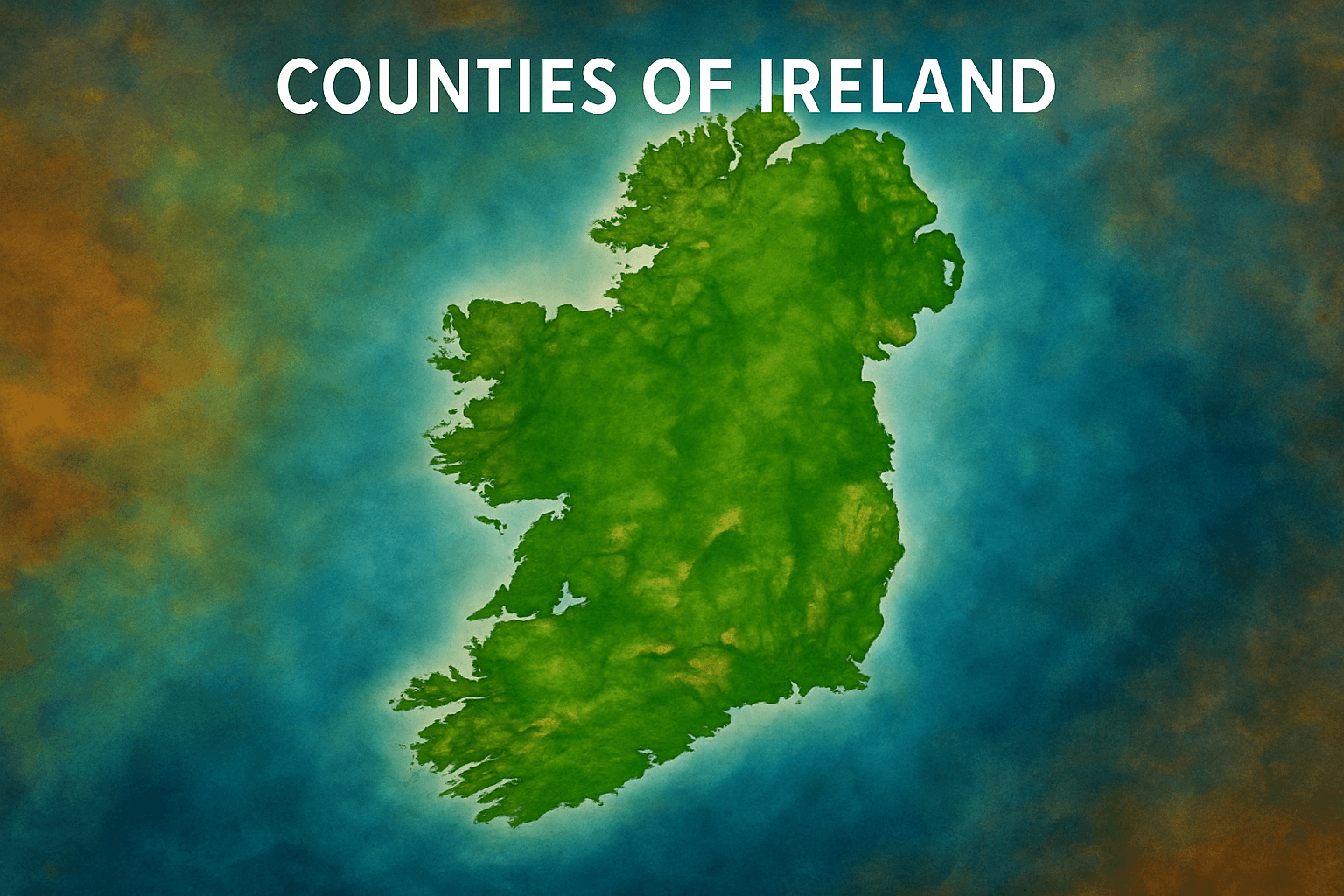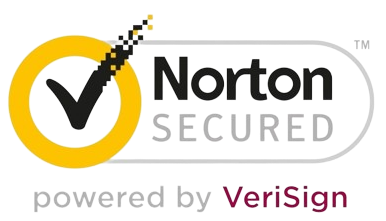When we talk about the counties of Ireland, we’re referring to the traditional divisions that span the island of Ireland, each with its own history, identity, and local culture. Understanding these counties—and how they relate to language and place—can enrich your journey into Irish (Gaeilge) and deepen your connection with the land and people of Ireland. Whether you’re learning Irish through Gaeilgeoir AI or simply fascinated by the geography of Éire, there’s plenty to discover about the twenty-six counties of the Republic and the thirty-two counties often mentioned across the island.
In this post we’ll explore:
- What the counties of Ireland are and their origin
- How the counties align with provinces and regions
- Why knowing your counties helps if you’re learning Irish
- Practical tips and links to deepen your study
What Are the Counties of Ireland?
A Brief Definition
The term counties of Ireland refers to the territorial subdivisions that were historically used for local administration and cultural identity. There are thirty-two recognised counties across the island, grouped into four provinces. irelandbeforeyoudie.com+2Irish Geneaography+2
Historical Background
- The counties emerged over centuries—following Anglo-Norman invasion and administrative reforms—so each area has its own foundation story. irish-genealogy-toolkit.com+1
- The modern administrative meaning of counties differs, but culturally and geographically the counties remain meaningful.
The Numbers
- The Republic of Ireland recognises 26 traditional counties. irish-genealogy-toolkit.com+1
- Across the island, including Northern Ireland, there are 32 counties widely used in culture, sport and everyday speech. Irish Geneaography+1
How the Counties Fit into Provinces and Regions
Four Historic Provinces
The counties of Ireland are grouped into the four traditional provinces:
- Leinster – includes counties like Dublin, Kildare, Wicklow. Wikipedia+1
- Munster – includes Cork, Kerry, Clare, etc.
- Connacht – western region with counties like Galway, Mayo, Sligo.
- Ulster – northern region (including some counties in Northern Ireland).
Why It Matters
- When learning Irish phrases or dialects, knowing which county you’re referring to can provide context for local variation.
- Many cultural activities (sports, music, folklore) are organised at county level: the counties of Ireland remain central to identity.
- For language learners, asking “Which county are you from?” (in Gaeilge) gives you a conversational doorway.
Key Counties to Know (and Why)
Here are a few counties of Ireland worth knowing—not all of them, but enough to get started—and how they may relate to language and culture:
- County Cork (Munster) – The largest county by area in the Republic and rich in dialectal variation. Wikipedia+1
- County Galway (Connacht) – At the heart of the Irish-language Gaeltacht regions, welcoming learners of Gaeilge.
- County Donegal (Ulster) – Known for rugged coastline and Gaeltacht areas where Irish is still widely spoken.
- County Dublin (Leinster) – Home to the capital city, a hub for modern Irish-language media and education. Wikipedia
- County Kerry (Munster) – A scenic county with deep cultural traditions and links to Gaeilge heritage.
Each of these counties of Ireland offers its own flavour of language, accent, and local expression—excellent context for your Irish-language journey.
Why the Counties of Ireland Matter for Irish Language Learners
1. Dialects & Local Speech
Irish (Gaeilge) varies slightly by region. If you know which county a speaker comes from, you might hear characteristic vocabulary or pronunciation.
2. Place Names in Gaeilge
Many counties’ names are used in Irish vocabulary or geography lessons. Familiarising yourself with “Contae” (county) + the Irish name helps:
- Contae Chorcaí (County Cork)
- Contae na Gaillimhe (County Galway)
- Contae Dhún na nGall (County Donegal)
3. Conversation Topics
In Irish-language conversations you can practice asking and talking about the counties of Ireland, e.g.:
- “Cén contae thú?” (Which county are you from?)
- “Tá mé i mContae Laoise.” (I’m in County Laois.)
These simple phrases anchor your Irish learning in real geography and culture.
4. Cultural Context
Understanding counties helps you place festivals, traditional music, local histories and language revival efforts in context: many initiatives are county-based across Ireland.
Practical Tips to Explore the Counties of Ireland
Here are some practical ways you can integrate the counties of Ireland into your study and make your learning more engaging:
1. Create a County List in Irish
Make your own list of all 32 counties of Ireland with their Gaeilge names and practise pronouncing them. There are good online lists to help. Vitamin Creative+1
2. Map-It!
Use a map of Ireland and colour each county, then label it in Irish. This visual task helps anchor geography + language.
3. County Conversations
Pair with a study partner and take turns saying:
“Tá mé i mContae ____.”
“Is maith liom Contae ____ mar tá ____ ann.”
4. Combine with Other Learning Materials
While working through our Learn Irish Online Free Guide you can add a section where you practise county names or talk about where you are from.
5. Use Real-World Media
Listen to local radio stations, watch Irish-language videos, or read articles from specific counties of Ireland. Recognising the county context adds meaning to the language.
Common Misconceptions & Notes
- Not all “counties” have the same administrative status today—especially in Northern Ireland—but culturally the counties of Ireland remain widely referenced. Wikipedia
- Some older references speak of “traditional counties” versus newer administrative units—so historical names may differ slightly from current ones. Irish Geneaography+1
- When using Irish language materials, note that the county’s name in Irish may differ significantly from its English counterpart—so learning both forms is useful.
Bringing It All Together
Understanding the counties of Ireland is more than geography—it’s about culture, language and identity. Whether you live in Ireland or are learning from afar, recognising counties and talking about them in Gaeilge adds depth and authenticity to your journey.
By linking each county to its Irish name, exploring local dialects, and practising conversational phrases, you’re engaging not just with vocabulary, but with living Irish culture.
Ready to dive deeper? Use the resources at Gaeilgeoir AI for structured lessons, interactive practice and community support. Start exploring county names, practise phrases like “Contae ____” and build your confidence step-by-step. You might begin with the Irish-language lessons for beginners page and link up your county practice with other useful guides.
If you’re ready to turn your interest in the counties of Ireland into active Irish-language practice, why not sign up for a free trial?
Remember: every county has a story, and every story is richer when told in Gaeilge. Let your journey through the counties of Ireland become a journey through the language, heritage and heart of Ireland. Go n-éirí lé tú!


